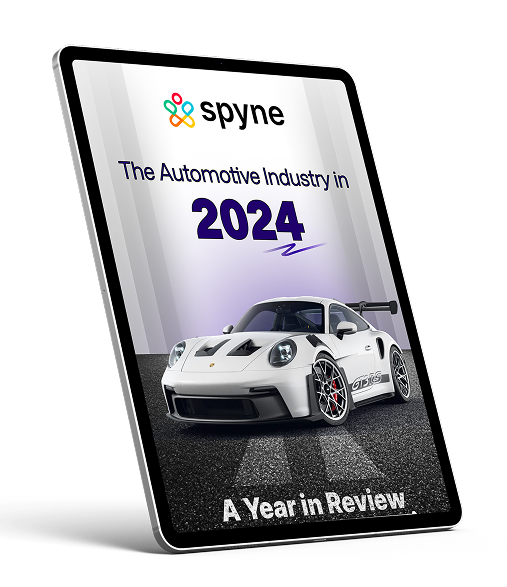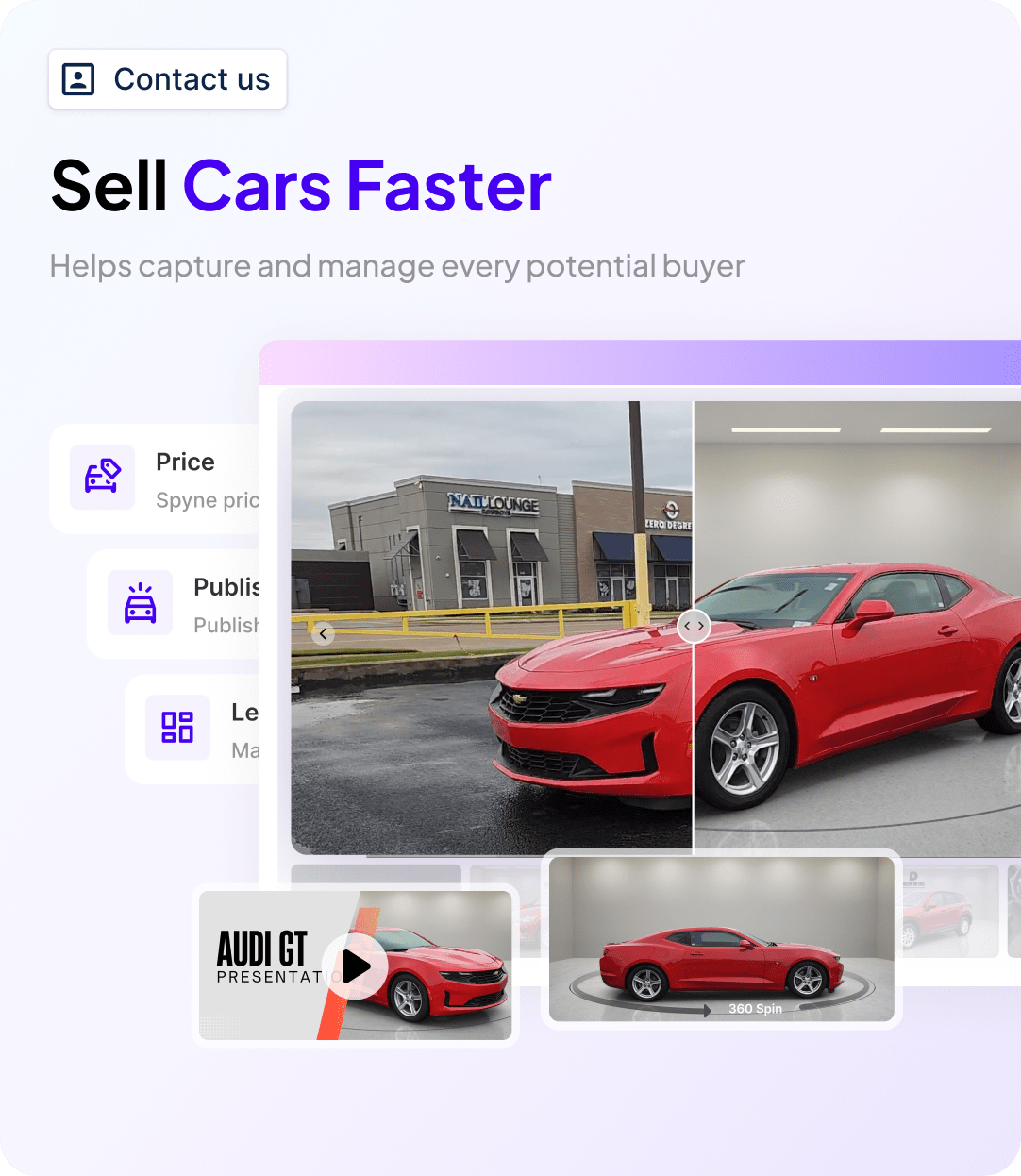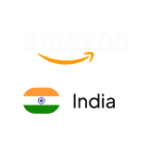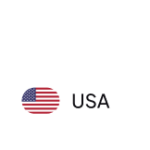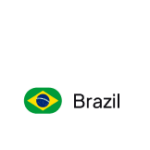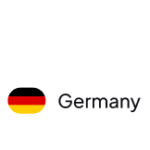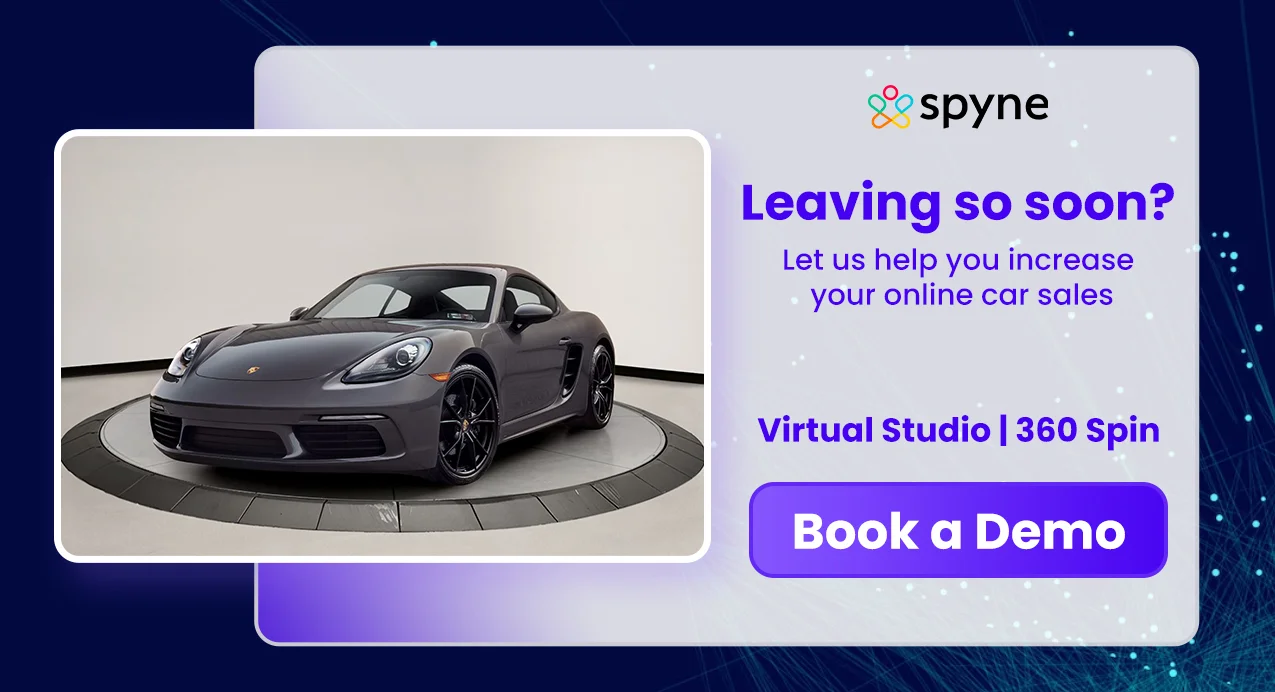Companies using AI-driven outbound calling are reporting better outreach and faster turnarounds, with some teams reporting productivity gains close to 50%. Gartner notes that 61% of B2B buyers prefer a sales process without direct interaction with a sales rep. What helps is the way these call bots seamlessly handle repetitive follow-ups and keep conversations going, so staff can focus on other important tasks. Here’s a rundown of key use-cases for AI outbound agents and a roadmap to roll them out the right way.
What is AI Outbound Calling?
An AI outbound voice agent uses intelligent automation to initiate, manage, and refine customer conversations, taking over the repetitive work humans usually shoulder. Powered by machine learning, NLP, and real-time speech recognition, it places calls that adapt mid-dialogue and detect intent to automate outbound calls.
An AI cold calling system can do much of the larger tasks, like:
- Initiate outbound calls at scale.
- Personalize the opening and adapt based on responses.
- Identify when to hand off to a live agent.
- Log outcomes and feed performance data into your CRM.
Use cases of an AI Outbound Calling Agents
AI call bot agents have become a core part of modern communication strategies. Below are the primary use cases where AI outbound cold calling creates a measurable impact.
Appointment Scheduling and Reminders
AI voice agents can handle rescheduling requests and send reminder alerts automatically. It integrates with existing CRM or booking tools, ensuring seamless coordination.
Payment Reminders and Billing Notifications
AI systems send reminders before due dates, follow up on pending payments, and confirm successful transactions, leading to 40% faster payment cycles (as per McKinsey).
Customer Re-engagement and Retention
It spots inactive customers, triggers outreach based on past purchases, and brings back offers or service reminders. It reads engagement patterns and re-engages users with tailored scripts, even following up on recent interactions or older quotes.
Lead Qualification and Nurturing
AI outbound agents prequalify leads through natural conversations that assess interest, collect details, and update the CRM instantly. Businesses using an automated lead follow up system have seen a 45% jump in lead-to-close rates (as per HubSpot).
Feedback Calls and Post-Service Surveys
An AI outbound agent can streamline this process by collecting feedback, measuring satisfaction, and alerting teams when responses require attention. The agent can ask structured questions and record responses directly into AI call analytics dashboards.
Automated Outreach
An AI outbound calling agent ensures timely and relevant outreach for offers, renewals, or service updates. Campaigns can run at scale while maintaining conversational fluency and brand tone.
How to Set Up an AI Outbound Calling Agent?
A recent industry survey found that organisations deploying automated call center software outreach reported up to a 40 % reduction in call-handling costs within the first year. That figure highlights how setting up correctly is critical when everything aligns, the results will be off the roof.
Below, we’ve concisely broken down how to use AI for outbound calling and implement it in a business.
Step 1: Define Clear Goals and Metrics
Set a clear goal for each campaign be it lead qualification, scheduling, feedback, or re-engagement and let the automated outbound calling agent drive it while you monitor contact rate, qualified-lead wins, conversions, and cost per success
Step 2: Select Your Audience & Strengthen Your Data Foundation
Gather and clean your contact list. Segment your audience by lead score, recent engagement, or demographic data to determine which records your AI outbound calling agent should target. Integrate your CRM so the AI agent can reference past interactions and tailor conversations. Accurate data drives personalization and better conversational flow.
Step 3: Design Conversation Flows and Scripts
Consider the AI outbound calling bot as an AI employee that works on the structure you build around it. Map the opening line, the turns it can take, and moments where a human should step in.
From years of trial-and-error across teams, a few things have consistently helped:
- Add branches for interruptions or unexpected reactions.
- Set clear handover rules, like when someone says, “Can I speak to a person?”
- Try different intros and call windows; patterns usually emerge within the first few days.
Step 4: Technology Integration & Telephonic Setup
Ensure smooth operations by connecting your AI outbound calling bot to your telephony platform. Localize numbers, set up caller ID, and integrate with CRM, scheduling systems, and analytics dashboards.
Step 5: Pilot, Test, and Optimise
Start with a small segment and track pick-up rates, conversation duration, transfer rate to humans, and conversion quality. Inputs for the AI phone call can be refined based on insights:
- Best time of day for calls
- Most effective script pathways
- Ideal number of retries per contact
Step 6: Monitor, Scale & Maintain Compliance
Once results are promising, scale up gradually. Expand call lists, increase concurrent calls, and refine segmentation while maintaining compliance:
- Monitor contact frequency and platform limits
- Align with consent and privacy regulations (TCPA, GDPR, etc.)
- Continuously retrain AI conversations as patterns evolve
Common SDR Roadblocks Without AI Agents
We’ve identified four problem areas that keep teams from performing at their best.
- Low-Value Work Overload: SDRs spend hours on tasks like number validation, data entry, contact research, and log-keeping, leaving little time for reaching out to customers.
- Limited Personalization: Reps spend 15–20 minutes prepping for each prospect, yet the outreach still feels generic enough to pull in only a 1–2% response rate.
- Inconsistent Call Quality: Teams struggle to maintain the same level of tone, clarity, and structure across calls that can easily derail an otherwise good lead.
- Cost & Call Fatigue: Hiring, training, and retaining SDRs is quite expensive. Repetitive tasks like CRM updates and follow-up reminders lead to burnout.
Why AI Outbound Calling The Future?
- Personalization Without Slowing Down: An AI voicebot for outbound calling uses NLP and speech synthesis to interpret intent, adapt tone, and recall past interactions, mimicking human conversations.
- Instant Follow-Up and Zero Fatigue: AI-driven call overflow solutions keep responses fast, take on late-evening outreach, and stay consistent through every callback while human teams slow down after long runs.
- Consistent, Compliant Conversations: SDRs may miss details or overlook questions under pressure, while voice agents stick to one consistent standard, document every interaction, and hand over only the high-intent or complex ones.
Why is Spyne the Best Automated Outbound Calling Solutions?
Spyne’s AI callbot, also known as Vini, is purpose-built for businesses in the automotive industry. It acts as an always-on, intelligent front desk across sales, customer support, and virtual receptionist. Here’s what it actually brings into the workflow:
-
High-Volume Outreach: It can run large outbound campaigns with steady call quality and no drop-offs, which leads to 3–5× higher outreach capacity compared to manual dialing.
-
Adaptive Voice Conversations: It adjusts tone and pace based on how the customer speaks, thereby improving answer-to-conversation conversion by 15–25% in sales and service campaigns.
-
Smart Lead Filtering: It identifies intent, verifies details, and passes only sales-ready prospects into the AI-powered CRM, which reduces SDR screening workload by 40–60%.
-
Automated Scheduling & Follow-Ups: It handles bookings for service visits, demos, or test drives with timely reminders, resulting in 20–35% higher show-up rates for dealers.
-
Clean CRM Sync: It logs outgoing calls, records responses, and updates next actions directly with any DMS tools, thereby cutting manual data entry by 70–90%.
Spyne AI Outbound Calling VS Traditional Calling
| Aspect | Traditional Calling | Spyne AI Outbound Calling |
| Call Volume | Limited by team size and work hours | Scales effortlessly with 24/7 availability |
| Response Quality | Scripted and inconsistent | Adaptive, context-aware, and data-driven |
| Lead Handling | Manual entry, slower follow-ups | Automated CRM updates and instant re-engagement |
| Cost Efficiency | High labor and training costs | Reduces operational expenses by automating calls |
| Customer Experience | Often delayed or repetitive | Personalized and timely conversations |
| Analytics | Limited insights from agents | Real-time data and performance tracking |
Conclusion
With conversion rates sitting near 2%, it’s clear why cold outreach proves difficult even for the most experienced teams. An AI outbound agent, on the other hand, can manage the same workload, like handling the dials, early-stage filtering, and follow-through with far greater consistency and accuracy.
Across the use cases covered in this blog, one theme is clear: platforms like Spyne’s AI callbot provide an extra layer of control, be it multilingual voice options, tailored scripts, intent-driven responses, and call visibility. If you’d like to see this in action, book a demo with Spyne and explore how AI outbound calling can strengthen your team’s workflow.
FAQs
What is Vini AI?
Vini AI by Spyne, is an always‑on conversational voice agent built for sales and service. It can answer calls, qualify leads, schedule appointments and handle follow‑ups, all automatically, making it one of the best AI outbound calling bots for high‑volume outreach purpose-made for automotive dealerships and auto repair shops.
Can Vini AI integrate with my existing CRM system?
Yes. Vini AI supports seamless CRM integration like syncing call outcomes, customer data and next‑steps in real time, turning it into a complete automated outbound calling solution that keeps your contact records accurate and your team aligned.
How is outbound call scheduling managed on the platform?
Scheduling works via automated workflows: you set rules, Vini AI picks the best time slot, places the outbound automated calling, and handles reminders and reschedules, ensuring your outreach happens on schedule and optimises the benefits of automated outbound calling.
Can the same agent be used for both inbound and outbound calls?
Yes. Vini AI can handle both inbound and outbound interactions. It adapts its scripts and tone based on the call type, allowing one AI outbound calling agent to manage lead generation, appointment booking, and customer support efficiently without needing separate systems
What does “deferred” vs “failed” mean in the context of scheduled calls?
A ‘deferred’ call is postponed due to scheduling conflicts or busy signals, while a ‘failed’ call indicates the attempt couldn’t connect, such as an invalid number. Automated outbound calling solutions track both for follow-up and reporting to optimize call strategies.
How can I safely test an outbound call flow without dialing real customers?
Vini AI offers sandbox or test modes where teams can simulate calls using dummy numbers. This allows you to validate scripts, call routing, and automated outbound calling workflows without affecting real contacts or disrupting live operations.
What happens if a contact’s phone number has already reached its daily or biweekly call limit?
The platform automatically flags numbers that have hit call limits. Outbound automated calling pauses for these contacts until the reset period, preventing over-calling, protecting customer experience, and ensuring compliance with call regulations while maintaining consistent outreach.





